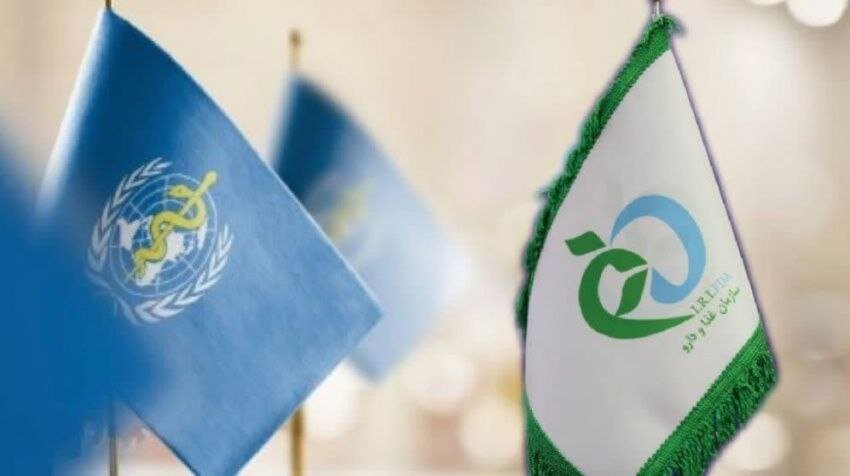WHO reps attend FDA meetings on regulatory system for biological drugs, blood products

TEHRAN – Adham Rashad Ismail Abdel Moneim, the World Health Organization (WHO) director of program management, and Rogério Gaspar, WHO director of regulation and prequalification, have participated in technical meetings hosted by the Iran Food and Drug Administration.
The meetings, which were held from April 7 to 9, focused on promoting regulatory processes in approving biological drugs and blood products, Hamidreza Inanlou, an FDA official has said.
The presence of WHO representatives within the framework of cooperation programs between the two organizations can play an effective role in improving regulatory structures, updating standards, and facilitating international processes in the field of medicine.
During the meetings, FDA director, Mehdi Pirsalehi, highlighted the country’s technical advancements in developing medicine, vaccines, medical equipment, biological products, and health-related goods.
The WHO Global Benchmark Tool (GBT) framework, which is used for evaluating the capacity of a national regulatory system, has been implemented in the country and Iran is now on track to achieve regulatory maturity levels (ML)2 and subsequently 3, ILNA quoted Pirsalehi as saying.
Highlighting that the ultimate goal is to be included in the WHO-listed authorities (WLA), the official added the GBT and WLA frameworks serve as a reliable roadmap for improving quality, safety, and effectiveness in regulatory processes.
Referring to the importance of the WHO Prequalification (PQ) program, which aims to ensure that key health products meet stringent global standards of quality, safety and efficacy, Pirsalehi announced Iran is ready to explore ways for participation in these programs, especially in the field of medical equipment and biological products. This cooperation can strengthen the global credibility of domestic products and facilitate global access to health technologies, as well.
The official went on to propose the establishment of a joint working group between Iran and WHO to develop a roadmap to achieve ML3. He also announced Iran’s readiness to host training programs and regional cooperation under the guidance of the WHO.
Self-sufficiency in medicine, medical equipment is a priority
In January, Health Minister Mohammad-Reza Zafarqandi said the issue of medicine and medical equipment production and self-sufficiency in these areas is one of the government’s priorities.
Medicine and medical equipment are two important areas related to people’s health, he said, adding: “We are trying to reach self-sufficiency for the supply of medicine and medical equipment,” IRNA reported.
On January 13, the head of Iran’s Union of Medical Equipment Manufacturers and Exporters said that medical equipment worth around $20 million is exported to more than 60 countries annually.
More than 70 percent of medical equipment and 100 percent of normal hospital beds are domestically made, IRNA quoted Abdolreza Yaqoubzadeh as saying.
Also, over 95 percent of specific ICU and CCU beds and more than 85 percent of operating room medical equipment such as anesthesia machines and other equipment are manufactured with cutting-edge technology in the country, he added.
Yaqoubzadeh went on to say that the country’s need for medical equipment production is three to four billion dollars per year, some one billion dollars of which is imported.
Some 600 medical equipment companies are active in the country, producing around 99 percent of the medicine supplied to the domestic market.
MT/MG
Leave a Comment